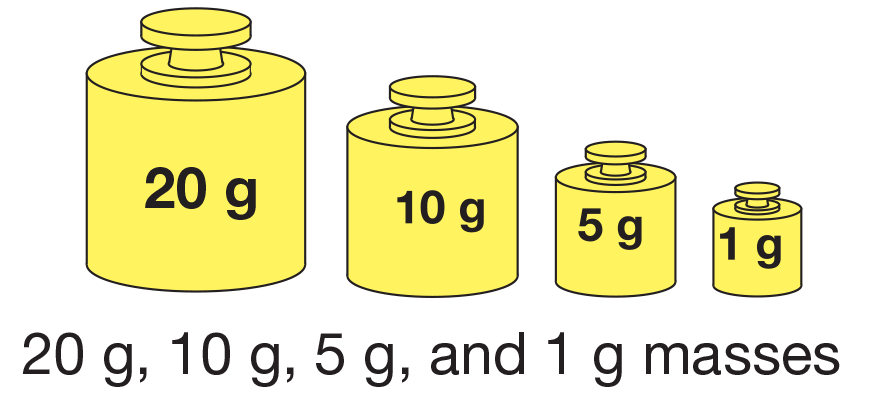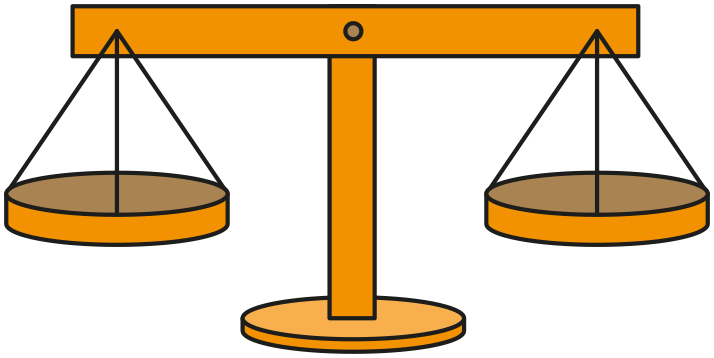Students practice adding two-digit numbers in the context of mass. They play the Make 99 Game in which they practice adding one-digit numbers to two-digit numbers.
Content in this Lesson
- Composing and decomposing numbers using ones, fives, tens, and
hundreds [E1]. - Using words and symbols (e.g., <, >, =) to show comparisons of
quantities [E2]. - Recognizing that different partitions of a number have the same total
(e.g., 50 + 4 = 40 + 14) [E4]. - Applying the properties of addition (e.g., commutative, associative) to write number sentences that represent mass [E5].
- Solving addition and subtraction problems (e.g., part-whole, join, take-away, compare) involving mass [E6].
- Showing or telling how to solve a problem [MPE5].
- Using labels to show what numbers mean [MPE6].
Daily Practice and Problems O–R
Assessment in this Lesson
| ASSESSMENT | EXPECTATION ASSESSED | MATH PRACTICES EXPECTATION ASSESSED |
|---|---|---|
|
Mara’s Lunch with Feedback Box Student Activity Book Pages 425–429 |
|
|
















